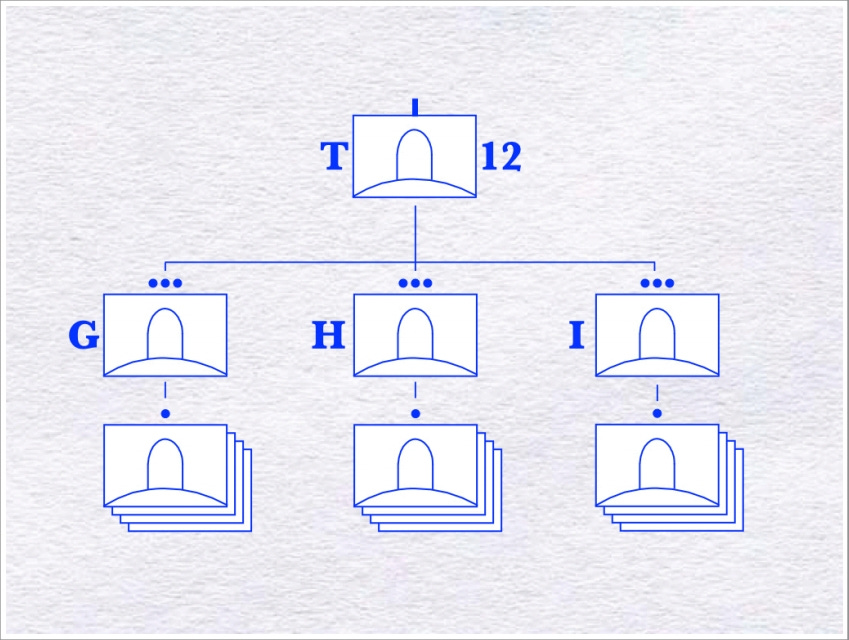Over the course of its history, T Battery (Shah Sujah’s Troop) of the Royal Artillery has been configured in a variety of ways. For most of its first century of service, which began in 1838, it was a unit of horse artillery. In 1915, while serving on the Western Front, it underwent the metamorphosis of mentality, organization, and equipment required to become a field battery. After the Second World War, T Battery underwent a second great change of form and function in order to serve as an anti-tank battery.
In 1951, T Battery traded its 17-pounder anti-tank guns for 40mm Bofors anti-aircraft guns. In the early 1970s, it exchanged its Bofors guns for anti-aircraft weapons of a very different sort: Rapier surface-to-air guided missiles. Between 1975 and 1981, T Battery served with the British Army of the Rhine, where it specialized in the point defense of units operating on the North German Plain.
In the spring of 1982, T Battery found itself at Rapier Barracks in Lincolnshire, home of its parent organization, the 12th Air Defense Regiment. At that time, the 131 officers and men of the battery were organized into a headquarters and three firing troops. Designated by a letter of the alphabet (whether G, H, and I), each of the firing troops fielded four firing units, each of which operated a single Rapier missile launcher.
In addition to its missile launcher (which was often called a “Rapier post”), each firing unit was provided with an optical tracker (to locate targets), a controller (to launch the missile and guide it in flight), and a generator (to provide electricity to the Rapier post.) To carry this equipment, the men of the firing unit, and a supply of missiles, each firing unit was provided with two Land Rovers (of the larger sort), a trailer that carried the Rapier post, and a one-ton general purpose trailer.




